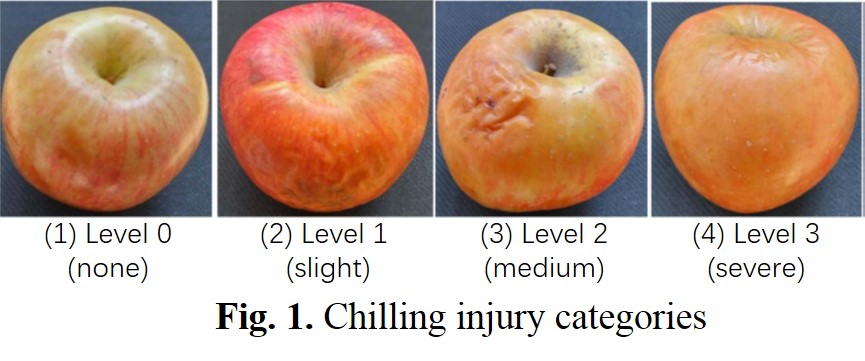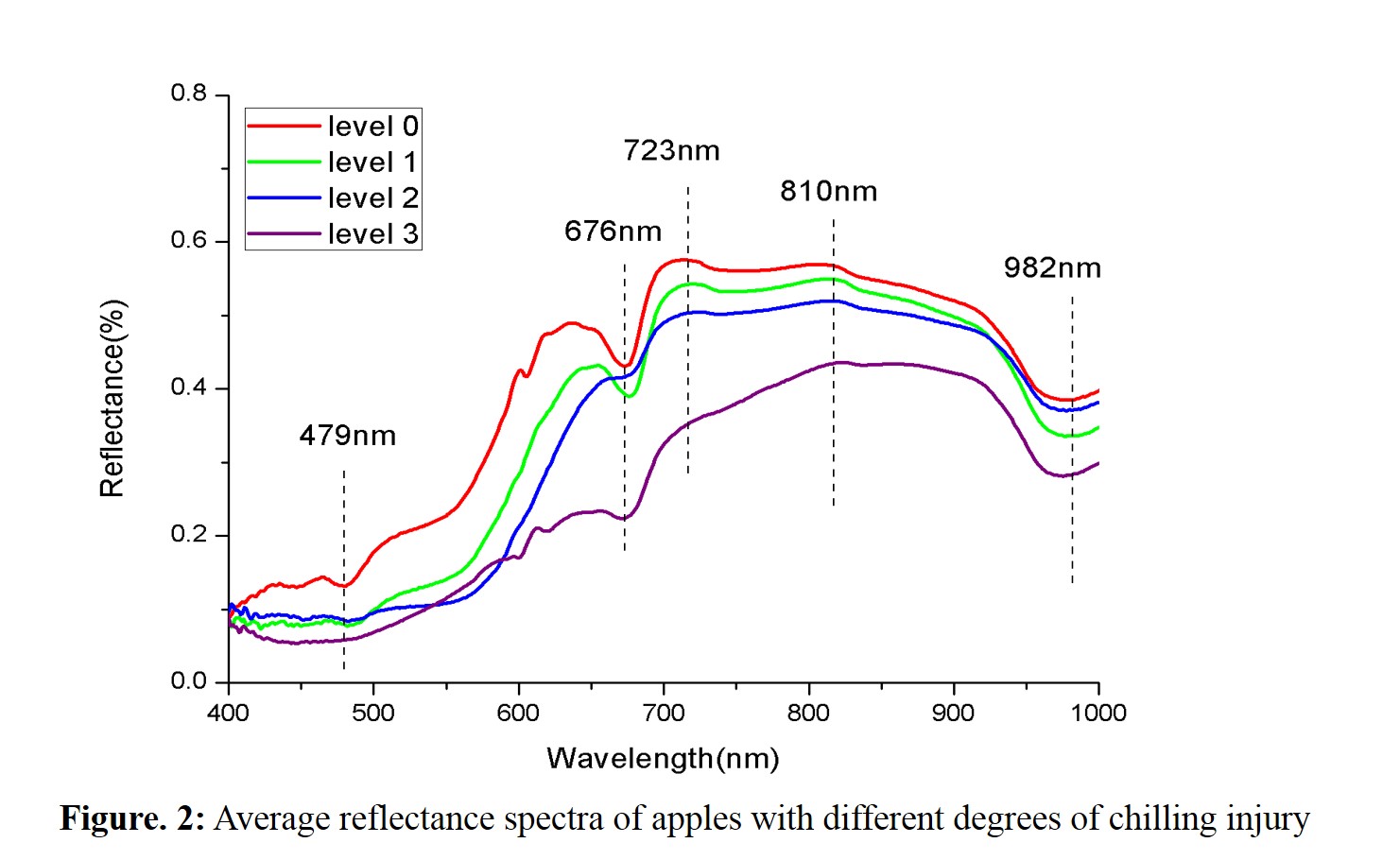Apple is one of the five ‘healthy’ fruits recommended by the Food and Agriculture Organization, and it is ranked first for recommendations. Planting and harvesting of apples are affected by many factors, including the growth season, harvest time, and storage conditions. Chilling injury can result in poor sales of apples. It is difficult to detect and diagnose chilling injuries at an early stage, because as long as the apples remain in a low-temperature environment, they look normal on the outside; chilling injury symptoms only become apparent as the temperature rises.
The results showed that, by using the cloud computing platform, we could establish an efficient spectrum classification model of apple chilling injury; the ANN model had slightly higher accuracy than the SVM model (not including the second-derivative spectra), but the SVM model was more efficient. Moreover, the classification accuracy using full-waveband spectral data sets was higher than that of data sets using five optimal wavebands. Furthermore, the Spark framework and MLlib were used to implement binary classification models (decision tree and random forest), and these were compared with the multivariate classification model; the binary classification method had better performance in near-infrared spectrum-based classification of apple chilling injury. Finally, we extended the existing spectrum data set to verify the efficiency of the cloud computing platform and desktop PC for handling larger data sets.
On the cloud computing platform, a multivariate classification model was used for the analysis; the ANN classification model offered more accurate performance than the SVM classification model. For higher-derivative spectra, the SVM model was more accurate than the ANN model. Similarly, binary classification models were used for analysis; the random forest model had higher accuracy than the decision tree model for derivative spectra, but the decision tree model showed greater time efficiency.






